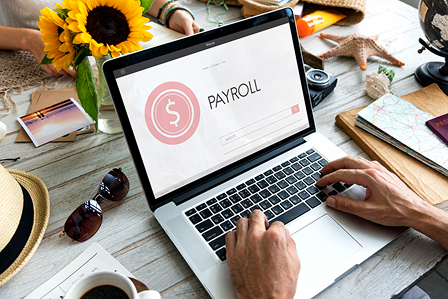What Exactly is Leverage?
Guide beginners to use leverage wisely
For those considering investing, it's important to first understand a few key terms. These allow you to appreciate how the markets and trading work, so you can form a strategy and make decisions that are beneficial to your long-term goals.
Forming part of this core terminology are two words: margin and leverage. “Margin” is a way for investors to increase their buying power, which can be beneficial for those whose budgets are modest. While it can increase profit, there's also a greater degree of risk inherent in it.
Perhaps you're also wondering “what does leverage mean in trading”? The two terms are often used interchangeably. They both refer to ways to open a trading position with a broker using only a small amount of capital to take up a large position.
The use of these terms can be confusing for amateur investors and those who've yet to enter the markets. However, with this guide, you should soon develop a much better understanding of them.
What is Leverage?
So, what does leverage mean? In ordinary parlance, “to leverage” is to use something to maximum advantage. Its meaning in the financial world is not so dissimilar: you're taking the funds you have and using leverage to optimise your earning potential.
If you were looking for a simplified leverage meaning or leverage definition, you might summarise it thus: as a way to take a small amount of money and increase its value on the investment markets.
Examples are often the easiest way to explain this kind of concept. Imagine you have £1,000 to trade but want to increase your potential return. You find a broker offering leverage at 25:1. With their backing, you could manage a position of up to £25,000 by placing a deposit of £1,000.
How Does Leveraging Work?
So, how does leverage work? This is a strategy that involves borrowing funds to increase the return on investments. If the return is higher than the interest owed, you can make a healthy profit, which is why investors utilise it.
Using the Bitrexify platform, you must decide whether you wish to use leverage or not. There's no onus on you to do so. Different instruments will have various maximum leverage amounts. By law, these must not exceed a certain number.
You can use a leverage multiplier to enhance your buying power. This will often be in the form of a ratio, such as 10:1, 20:1, and so on. This is the number of times your capital will be amplified.
If you're wondering “what is leverage ratio” and how you calculate the leverage ratio formula, this is easy. The smaller figure relates to the money you put down; the larger, to how much the broker will amplify this by. So, if the ratio is 10:1 and you deposit £1,000 in your account, the broker will increase this amount to £10,000.
Leveraged Buyout and Stop Loss
This works in a not dissimilar way to a leveraged buyout.What is a leveraged buyout? Where one company acquires another using a significant amount of borrowed money. You're essentially doing the same to secure a larger position.



